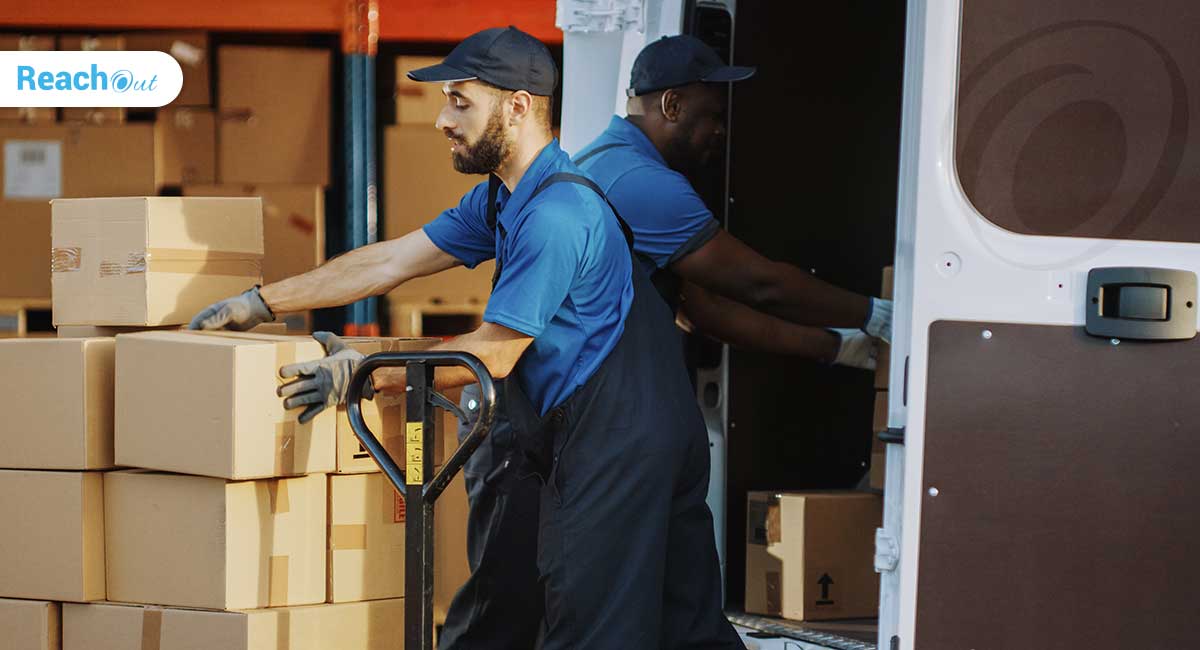
What are the recommended practices to reimagine field force management in 2021?
2020 was a Black Swan year. COVID-19 threw a wrench in the works of just about everything. The pandemic disrupted business operations, threw projections awry, and made field service dangerous. Companies had to restrict and sometimes even cease field visits and maintenance. In 2021, businesses and field services will have to live with the coronavirus. They need to tweak their business processes and infrastructure to adjust to the new normal. Here are six ways how field force management will change in the New Year.
Read more: 5 Best Practices To Get The Most Out Of Your Field Service Software In 2021
1. The rising popularity of remote service
Remote service is now a viable business model. Two factors contributed to the same over the years – first, the spread of the high-speed internet. The roll-out of 5G networks will make remote service easier. Second, the maturity in Augmented Reality (AR) and Virtual Reality (VR) technologies.
COVID-19 accelerated the adoption of remote service and self-service options to the point of making it the norm in some cases. It also triggered a change in mind-set. Many customers who considered self-service as a waste of time now swear by it.
Remote service and self-service is a win-win proposition for both the customer and the business. It eliminates the hassles and delays of an agent traveling to the client’s location, reduces downtime, and cuts costs. In times of the pandemic, remote working enables contactless service.
For remote service to work, the AR and VR applications and the CRM suite require seamless integration with the field service software. Integrating knowledge repositories empowers the remote technician with relevant information such as repair history, machine specs, and more on their app’s screen. For example, AR Goggles superimpose repair instructions over the image of the device.
Many customers now prefer performing minor fixes by themselves rather than call up a technician. Remote customer support agents see what the customer sees through smart glasses and provide live support.
2. Greater thrust on predictive maintenance
Developments in intelligence (AI), machine learning (ML), Internet of Things (IoT), and analytics make predictive maintenance viable. 81% of field service management enterprises will embrace IoT and other connected products in the next five to ten years.
Field service enterprises connect IoT sensors to remote machinery and other devices to track vital stats. The IoT-enabled sensors tools monitor equipment health in real-time. Predictive analytics compare current and past behavior to assess the state of the equipment. For instance, if the equipment exhibits conditions like when it failed last time, the algorithm deduces if it will malfunction again.
Read more: 5 ways to improve customer satisfaction in field services with predictive analytics
The system triggers an action when it detects a behavioral change or when values go outside the specified range. It may automatically execute predetermined actions, issue alerts to an operator console, or create a work order. Such timely alerts nip problems in the bud. The latest tools integrate with the cloud to simulate normal device behavior. It enables technicians to test potential fixes in a secure environment before going live with the implementation.
Pre-emptive repairs avoid breakdown and improve customer satisfaction. It allows field service businesses to pace their schedules better, become more efficient, and cut costs. They may schedule work in a way that is most convenient or least disruptive to their customers.
3. Greater impetus on digital transformation
Technology is always in a state of flux. Forward-looking field businesses drive digital transformation to enable business continuity and reduce risks. The pandemic has fast-tracked such plans.
Manual processes, such as paper inspection forms and digital scheduling whiteboards, are obsolete. Mobile apps, linked to cloud-based field service platforms, are already the norm. Businesses that have not yet embraced the cloud and mobility will soon fall to the wayside.
Smart enterprises have already welcomed the next wave of technology. They adopt machine learning algorithms to automate dispatching, scheduling, and other essential tasks. Live tracking, backed up by reliable GPS enabled field service software, is also fast becoming the norm. McKinsey estimates savings of 30% on personnel cost by optimizing the workforce through automation. It allows employees to focus on customers instead of paperwork.
Read more: How Field Service Automation Improves Efficiency with Reduced Costs
As competitors catch-up and make technology commonplace, smart businesses get ready to innovate. The thrust of such innovation is to differentiate and deliver better value to customers. Such transformation takes place by embracing newer technology or altering business processes.
4. Shifting priorities
The digital transformation priorities of field service enterprises change over the years. In 2020, enterprises focused on enabling robust communications. They also strove to provide field agents with the right digital tools to get the job done without visiting the office.
The COVID-19 pandemic has increased our focus on safety and hygiene. Enterprises apply technology in field force management to ensure safety and security. For instance, inspection forms include biosecurity protocols. Businesses that do not embrace bio-security may face attrition of both customers and employees. Similarly, contactless services like extending support to customers via video calls and offering assistance via phone will minimize physical proximity.
View Infographic: How Field Service Management Firms Can Stay Competitive in the Coming Decade
5. Increasing reliance on freelancers
The talent crunch will continue to plague field service management throughout 2021.
Smart enterprises will leverage technology to enter the sharing economy and adopt new ways to scale their workforce. The Uberization of field technicians has already started. McKinsey estimates 50% of field service workers will be freelance by 2025. Field businesses will retain a core group of skilled technicians. They will scale-up or scale-down their workforce as needed by deploying freelancers.
6. Focus on personalization
For most service enterprises, profit depends on customer satisfaction. One of the significant determinants of customer satisfaction is personalized experience delivery. Smart businesses drive personalization by applying analytics to understand customer preferences. However, personalization goes beyond providing customized information and support.
Since field agents have direct contact with the customers, training technicians in soft skills will enable them to interact with customers effectively. Thus, the technicians remain in the best position to identify customer needs and preferences.
Technologies for social tracking, sentiment analysis, and feedback are facing a big boom. Field service companies should integrate data from various repositories to get live, up-to-date information on customer engagement and sentiments.
Successful businesses empower technicians and delight customers. They are proactive and use integrated field service software to get their work done. As the new normal is expected to continue for months, the field workforce needs to be flexible and responsive to handle the changes and learn new ways of working. Along with technology integration, businesses should devise strategies to retain customer loyalty and increase revenue.
What changes do you think will influence the field service management landscape in 2021? Let us know. Get in touch with us to understand how ReachOut helps businesses embrace the industry changes.
Aarathy
With over a decade of experience in the technology sector, Aarathy is passionate about improving field service efficiency through digital innovation. She is particularly interested in topics such as field service trends, service automation, and strategies for implementing digital transformation in service management.
More posts by Aarathy



